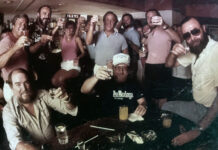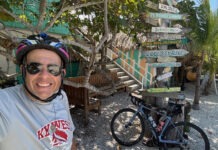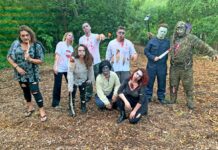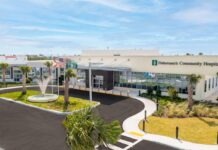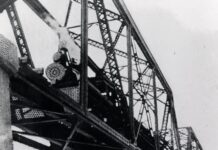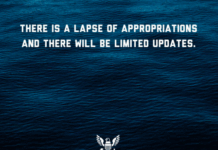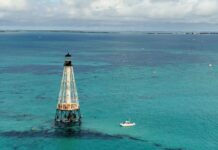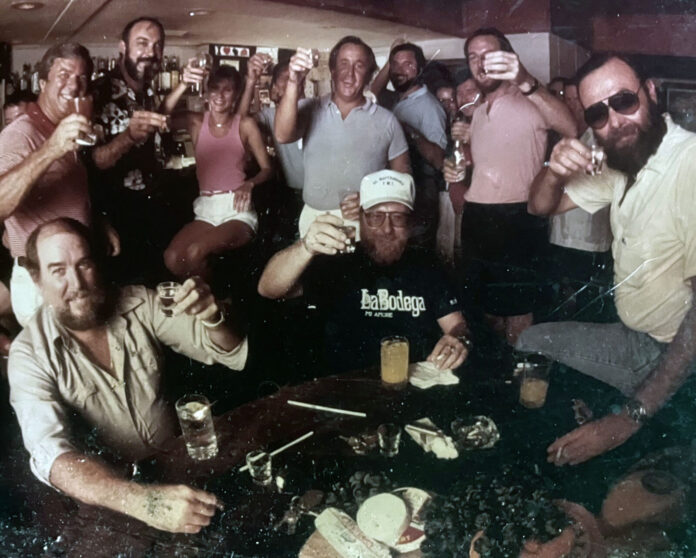
There are foodies who can taste a dish and instantly discern its ingredients, or who have such sophisticated palates that they can distinguish between megabucks Kobe beef and ordinary steak.
My so-called palate, however, was formed in Key West more than 40 years ago — which means I’ll never be one of those people.
Granted, the island did boast a handful of fine restaurants back then (Chez Emile, Port of Call and Louie’s Backyard among them). Yet because the local economy was uncertain at best, most Key Westers only dined at those spots on very special occasions.
Bagatelle, Logun’s Lobster House and the Hukilau were popular when we had some cash, as was Martha’s. (The Hukilau’s pu-pu platters were a hands-down favorite, though most agreed the name was unfortunate.) And I always loved the Pigeon House Patio that stood where First Flight is now.
So where did we eat on ordinary days? As most of us either worked or hung out in the local bars, we usually had a few libations before considering dinner options. By then, cooking seemed like too much work — so mostly, we ate bar food.
That meant huge fried fish sandwiches and potato soup from the Full Moon Saloon, house-smoked fish appetizers from the Half Shell Raw Bar, comfort food from P.T.’s Late Night, giant subs from the little place at the Green Parrot, and happy-hour fare from the Top of the La Concha, Chart Room or Two Friends.
Some of Mel Fisher’s treasure salvage crew, who sought the sunken Nuestra Señora de Atocha in the 1970s and ’80s, still recall hard times when they survived on Two Friends’ happy-hour goodies: battered and fried tidbits that were affectionately dubbed “encrusted objects” — an archaeological term for unidentified artifacts hidden under a coral-like coating.
As well as eating bar food, most of us were regular customers at La Bodega on Simonton Street. Its ramshackle exterior enclosed a mecca of fantastic aromas and takeout treats (including cookies the size of dinner plates) served by smiling earth-mother types.
Let’s not forget B.O.’s Fish Wagon at the corner of Duval and Fleming. It began as an actual wagon whose owner, Buddy Owen, produced “square grouper” sandwiches — named for the local “code phrase” for floating bales of pot.
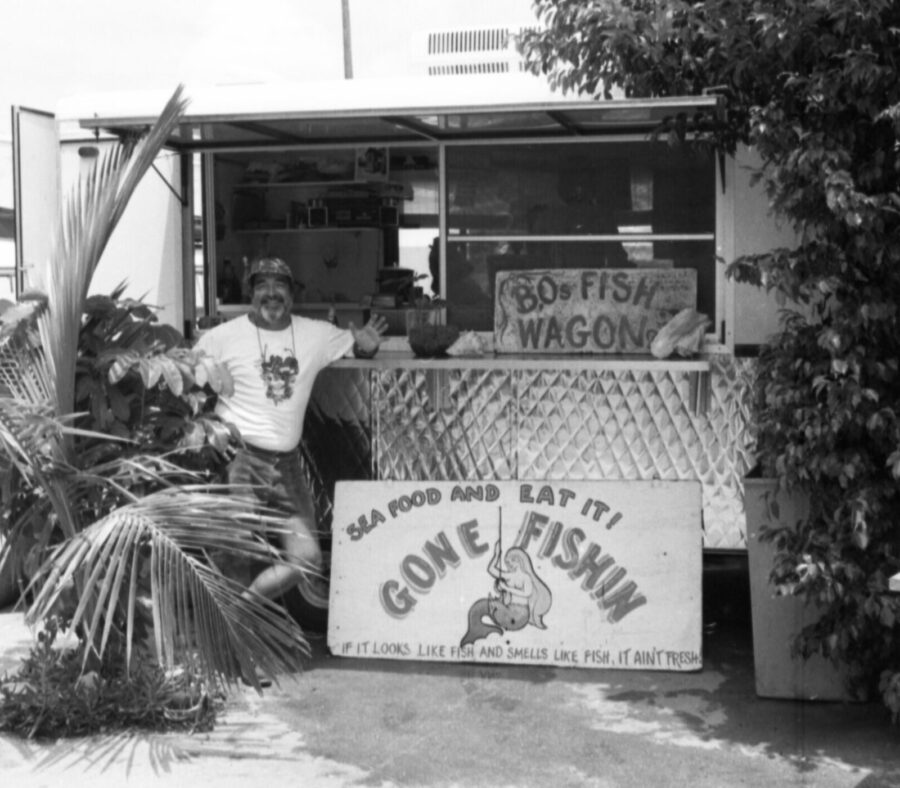
There were also unpretentious diners and eateries that served hearty fare at working-class prices. Old-time residents might breakfast on eggs and Cuban toast at Shorty’s or Dennis Pharmacy, wander into Pepe’s on Caroline Street for lunch, or order picadillo or ropa vieja at La Lechonera for dinner.
When we did cook at home, the menu usually involved fresh-caught lobster or fish — and Key West’s open-door policy often turned the occasion into an impromptu party. Steamed pink shrimp, split and grilled lobsters, sautéed yellowtail or seared tuna were paired with whatever accompaniments drop-in guests could concoct, making the evenings unforgettable.
By the time Kyushu opened, offering sushi and sashimi, Key West was emerging from its economic slump and we could enjoy more upscale dining pleasures. On one memorable night, groups hosted by two high-rolling “bad boys” occupied adjacent private dining rooms there, separated by a three-quarter wall. Fueled by potent rice wine, someone lobbed a piece of sushi over the wall — sparking an epic food fight between rooms, with tempura shrimp and sushi rolls flying through the air like out-of-control ping-pong balls.
Given that kind of dining background, it’s no wonder I’m not sophisticated enough to appreciate caviar and Kobe beef. Yet while today’s local restaurant scene features countless gourmet hotspots to try, I have no regrets about possessing an “old Key West” palate. Could somebody please direct me to the nearest pu-pu platter?

